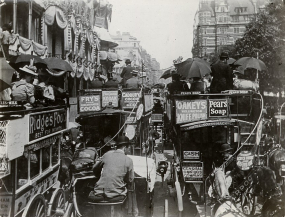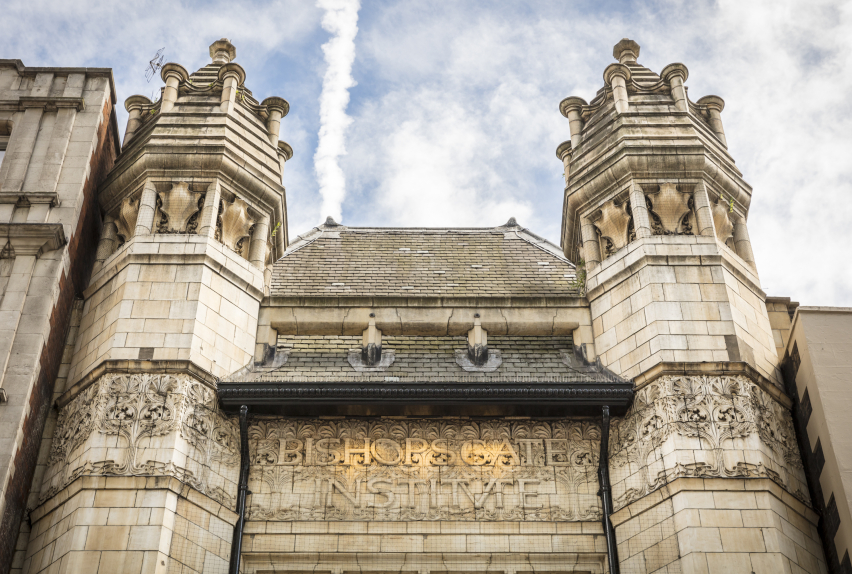Hands-on History workshops Frequently Asked Questions
Get closer to London's rich history at one of our unique Hands-on History workshops. Led by our Interpretation Manager, Dr Michelle Johansen, these workshops invite people from all background to explore themed sets of original sources from our library and special collections, such as photographs, press cuttings, pamphlets, and ephemera.
Dr Michelle Johansen is a social historian specialising in the history of modern London, with a particular emphasis on social class and mobility, gender, professional lives, and regional identities. Her publications include articles in Teaching History, the London Journal, and Cultural and Social History. Michelle has more than ten years' experience of delivering learning sessions at Bishopsgate Institute for all types of learners, from primary school pupils to undergraduates to informal adult learners. Her teaching approach places the emphasis on access to original historical documents, which provides a uniquely dynamic and immersive classroom experience.
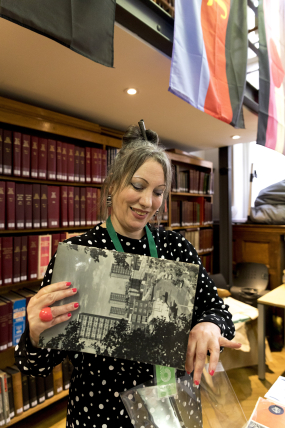
Who are the sessions for?
Any group of adults (18+) interested in discovering more about London history in a relaxed and enjoyable setting. No specialist knowledge is required beyond basic literacy skills and a good grasp of the English language. Since 2011, we’ve run hundreds of successful sessions for all types of learners including undergraduates, postgraduates, tour guides, school teachers, sector specialists, community groups, debating societies, and staff awaydays.
What subjects do you cover?
Our sessions are inspired by our library and special collections, which cover London’s social and political history since 1800. Workshops offered are listed below. Other topics are available. If custom-built content is created, we may charge a supplementary fee to cover the additional prep time.
What happens during a 90-minute in-person session?
Your group enjoy a hands-on, engaging research experience with an expert facilitator using themed sets of original materials, such as press cuttings, pamphlets, photographs, scrapbooks, ephemera and maps. Structured research activities and short discussions maintain interest and focus.
What happens during a 90-minute online session?
Your group enjoy an informative zoom talk from an expert facilitator richly illustrated with digitised materials from our special collections, such as press cuttings, pamphlets, photographs, diaries, letters, and ephemera. We encourage you to get involved through the chat function and, where possible, short breakout room discussions.
How many people can be accommodated in an in-person session?
In the fully accessible courtyard room, we’re able to accommodate up to 32 people at a session. In the main boardroom (accessible only by stairs, no lift), we can accommodate up to 16 people.
How many people can be accommodated in an online session?
We recommend up to 20 people for a fully interactive experience. For a lecture-style event, up to 30 people are welcome.
How much do you charge?
Contact us for the latest private workshop fees.
Hands-on History Workshops
Our workshops cover the following topics. We are able to offer workshops on bespoke topics, so if you're preferred topic isn't listed here, get in touch.
East End Lives (1880s-1960s)
This engaging workshop introduces the history and people of London’s East End since the 1880s. Unique items used in this session might include: campaigning literature addressing poverty; Victorian pamphlets detailing life in and around the docks; the arrest notebooks of an Edwardian police officer; unpublished East End memoirs; and twentieth-century photographs of local street life and markets.
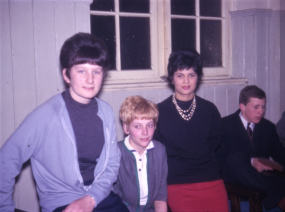
Discover the Jewish East End (1880s-1960s)
This fascinating workshop focuses on the experiences of Jewish men and women in London’s East End. We’ll recreate this vanishing world through items such as: press cuttings documenting Jewish immigration; pamphlets detailing charitable efforts to support new arrivals; photographs showing the vibrant street markets; ephemeral materials that record the social lives of Jewish youth.

Housing in London (1860s-1960s)
In this thought-provoking workshop, you’ll explore the contested history of housing in London. Original materials featured might include: Victorian pamphlets on improving working-class housing; interwar brochures advertising luxury West End apartments; post-war handbooks on high-rise living; and literature produced by squatters’ advisory groups.
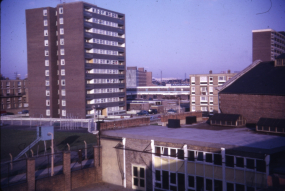
Twentieth-Century Women (1900s-1960s)
In this inspiring workshop, you’ll find out more about women’s lives and experiences during a period of rapid social change. Unique materials used might include: a Suffragette tea service; handwritten notes for political speeches; the scrapbook of a 1920s supermodel; letters exchanged between a group of female friends during World War One; and a Miss World board game.
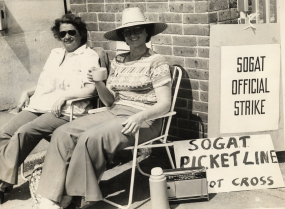
London Eats Out (1850s-1960s)
This enjoyable workshop describes the social history of eating out in modern London. Original items featured in this session might include: Victorian guides to dining-out; Edwardian journal articles on restaurant etiquette; interwar menus; materials documenting London’s first ‘anti-espresso’ bar; post-war guides to expanding café cultures; and pamphlets on vegetarian options in the city.
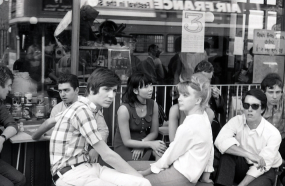
The Great Exhibition and the Crystal Palace (1850s-1930s)
In this entertaining workshop, you’ll discover how it felt to visit the Great Exhibition in Hyde Park and its successor building at Crystal Palace in the south London suburbs. Unique materials featured include a wealth of souvenir guidebooks, tourist maps, and other ephemeral items published to celebrate two extraordinary sites of leisure and learning in the Victorian city and beyond.
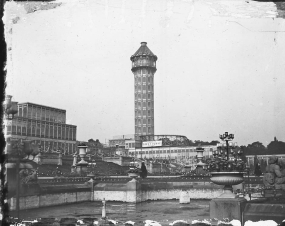
Meet the Victorians (1830s-1900s)
This informative workshop offers a fresh perspective on Victorian social and political history. Original source materials used might include: photographs showing street life and contemporary fashions; illustrations documenting political protest; campaigning ephemera; press cuttings that describe crime and poverty; and guidebooks that provide insight into how nineteenth-century Londoners spent their leisure time.
